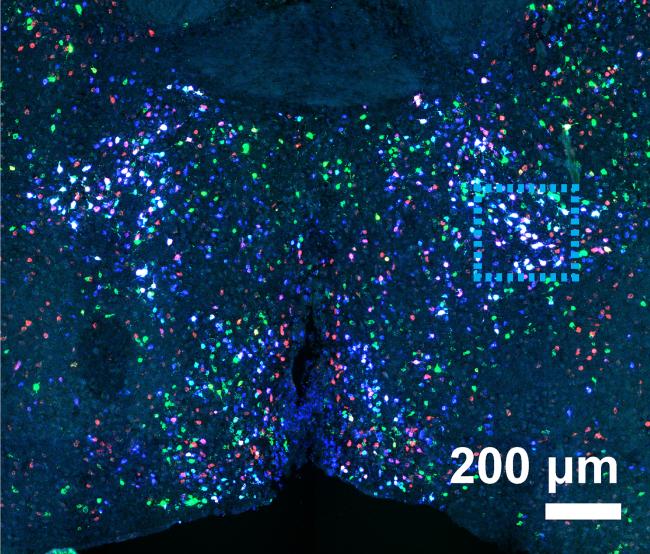Preserving sperm stem cells restores fertility in mice
November 6, 2018
Preserving sperm stem cells restores fertility in mice
At a Glance
- Researchers successfully stored stem cells that produce sperm for months and used them to restore fertility in male mice.
- If future studies in humans are successful, storing stem cells could potentially help preserve fertility in young boys undergoing chemotherapy.

Chemotherapy helps save the lives of many children diagnosed with cancer. However, it can have substantial side effects later in life. For example, many chemotherapy drugs can cause infertility in both girls and boys.
Boys who have gone through puberty can often bank sperm before cancer treatment, allowing them to become fathers as adults. But prepubescent boys don’t yet produce sperm that can be banked.
Scientists haven’t yet found a way to grow sperm-producing stem cells, called spermatogonial stem cells (SSCs), in culture. If researchers could find a way to grow SSCs that are harvested from young boys before cancer treatment, they might be transplanted to restore fertility once the boys are cancer-free.
Previous studies have shown that, in most organs, a type of cell called endothelial cells release proteins that support stem cells. Different types of endothelial cells are found in different parts of the body. A research team led by Dr. Sandra Ryeom at the University of Pennsylvania set out to understand how testicular endothelial cells (TECs) help SSCs thrive and produce sperm. The study was supported in part by NIH’s National Cancer Institute (NCI). Results appeared on October 22, 2018, in Nature Communications.
The scientists first treated adult mice with the chemotherapy drug busulfan, which causes infertility. Five weeks after treatment, they transplanted healthy TECs into the testes of the mice. Seven weeks after transplantation, sperm production in mice that received the TECs was substantially restored compared with mice that didn’t receive any TECs. This result showed that TECs stimulated the growth of surviving SSCs.
When SSCs from mice were cultured along with TECs in the laboratory, the stem cells stayed healthy for more than 3 months. In contrast, SSC cultures grown without TECs died within a week.
To test whether SSCs cultured with TECs could later be transplanted, the researchers implanted cultured SSCs into the testes of busulfan-treated mice. Four months after transplantation, sperm from the transplanted SSCs were found in the testes. Infertile male mice that received the transplanted SSCs were able to father live pups.
The researchers were also able to preserve tissue samples taken from the testes of prepubescent boys before cancer treatment by growing them in culture with human TECs. SSCs from these cultures survived and multiplied when transplanted into mouse testes.
In further laboratory experiments, the researchers identified five protein factors produced by the TECs that keep SSCs healthy. When these five factors were added to SSCs grown in the laboratory, the stem cells survived without the presence of TECs.
“For years researchers have been trying to find ways to grow and expand these cells from testicular biopsies donated by young patients prior to their cancer treatment, but until now, there has not been a consistently successful approach,” Ryeom says. “Our next step is to determine whether we can re-inject or engraft the expanded SSCs into patients after they are cancer free.”
—by Sharon Reynolds
Related Links
- How Sperm Are Activated
- Egg-Producing Stem Cells Found in Women
- Infertility Treatments Don’t Appear to Affect Children’s Development
- Pregnancy Problems?
- Infertility and Fertility


